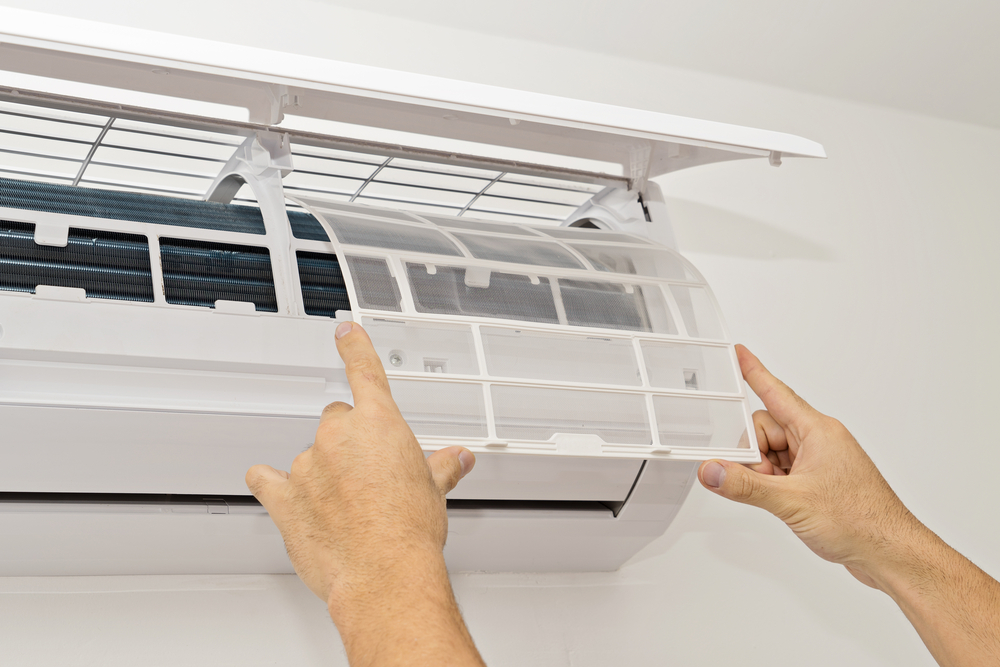The EPA announced a proposal to strengthen the National Ambient Air Quality Standards (NAAQS) for fine particulate pollution (PM-2.5) on January 6, 2023.
The pre-publication version of the proposed rule calls for a revision to the primary annual PM-2.5 standard by lowering the level from 12 micrograms per cubic meter to a level between 9 and 10 micrograms per cubic meter. The Agency says the lower range reflects “the latest health data and scientific evidence.” It is asking for comment on the full range (between 8 and 11 micrograms per cubic meter) included in the Clean Air Scientific Advisory Committee’s (CASAC) latest report.
The Agency also proposes to:
- Retain the current primary 24-hour PM-2.5 standard.
- Retain the primary 24-hour PM-10 standard.
- Retain the secondary 24-hour PM-2.5 standard.
- Retain the secondary annual PM-2.5 standard.
- Retain the secondary 24-hour PM-10 standard.
- Revise other key aspects related to the PM NAAQS, including revisions to the Air Quality Index (AQI) and monitoring requirements for the PM NAAQS.
“Fine particles, sometimes called soot, can penetrate deep into the lungs and can result in serious health effects that include asthma attacks, heart attacks and premature death – disproportionately affecting vulnerable populations including children, older adults, those with heart or lung conditions, as well as communities of color and low-income communities throughout the United States,” an EPA news release says. “These particles may be emitted directly from a source, such as construction sites, unpaved roads, fields, smokestacks, or fires; other particles form in the atmosphere as a result of complex reactions of chemicals such as sulfur dioxide and nitrogen oxides, which are pollutants emitted from power plants, industrial facilities, and vehicles.”
“Our work to deliver clean, breathable air for everyone is a top priority at EPA, and this proposal will help ensure that all communities, especially the most vulnerable among us, are protected from exposure to harmful pollution,” says EPA Administrator Michael S. Regan. “This proposal to deliver stronger health protections against particulate matter is grounded in the best available science, advancing the Biden-Harris Administration’s commitment to scientific integrity and a rigorous scientific process.”
According to EPA estimates, strengthening the primary annual PM 2.5standard to a level of 9 micrograms per cubic meter, the lower end of the proposed range, would:
- Prevent up to 4,200 premature deaths per year.
- Prevent 270,000 lost workdays per year.
- Result in as much as $43 billion in net health benefits in 2032.
Environmental group and health industry representatives have expressed disappointment in the proposed standard, reports CBS 19 News. “Current science shows that stronger limits are urgently needed … to protect vulnerable populations,” says Harold Wimmer, president of the American Lung Association, “calling for the EPA to lower the standard to 8 micrograms or lower.”
The U.S. Chamber of Commerce and other industry groups are in favor of retaining current standards.
“Mike Ireland, president of the Portland Cement Association, which represents U.S. cement manufacturers, [said] the EPA’s proposed action ‘is yet another regulatory burden that will hamper the cement industry’s ability to manufacture sustainable construction materials to meet the nation’s infrastructure needs,’” CBS 19 News continues.
Once published, comments on the proposed rule will be accepted until mid-March on the Federal eRulemaking Portal under Docket # EPA-HQ-OAR-2015- 0072. The EPA will also hold a virtual public hearing on the proposed rule, and a final rule is expected by summer.

